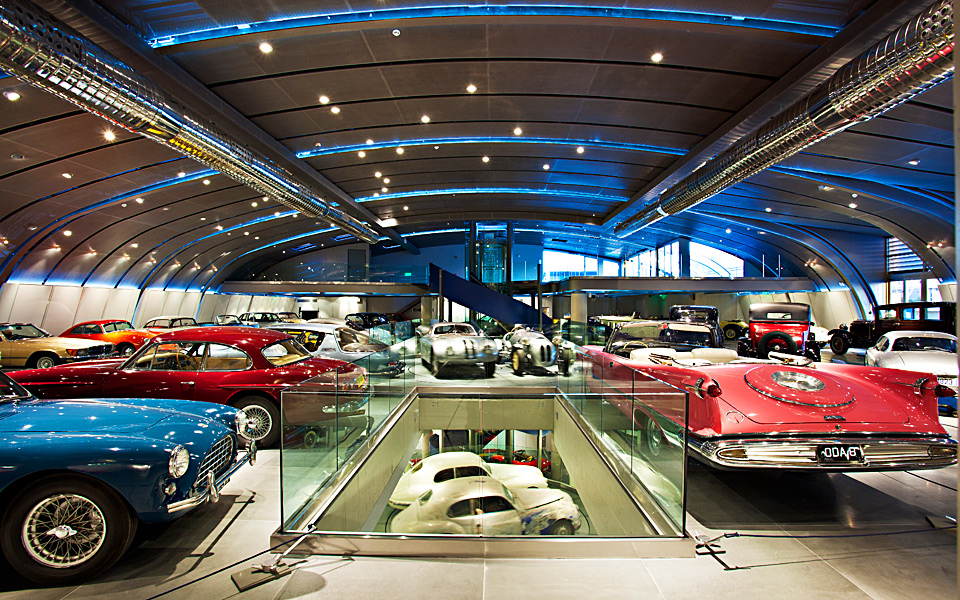The room is enormous but a pair of shiny, protruding eyes stands out with an inquisitive, doctor-like look.
“This seems to be a case of tuberculosis Mr. Clark,” one could imagine hearing from this human-like model, sporting round-framed spectacles, if it weren’t a 1930 model Bugatti. Have you ever thought of cars as faces? I imagine you have as, probably, the big crowds that gather at the Hellenic Motor Museum.
Its collection is comprised of 120 car models, all in perfect working order. The oldest is an 1895 Hunnia horse drawn carriage with water pump from Budapest that once served as a fire extinguisher, while the most recent exhibit is a 1996 Aston Martin DB7 Volante.
The stories behind each of these models are highly original, amusing, even unexpected. For example, an entire process of conditions needed to be observed before the aforementioned 1930 Bugatti could be let go by its previous owner for the museum to acquire.
The car’s former owner insisted on personally meeting its next – possible – owner and had also demanded that the reasons for the prospective buyer’s interest in acquiring the car be discussed over a meal.
Only then would a decision be made.
“The museum’s collection is comprised of 120 car models, all in perfect working order. The oldest is an 1895 Hunnia horse drawn carriage with water pump from Budapest that once served as a fire extinguisher, while the most recent exhibit is a 1996 Aston Martin DB7 Volante.”
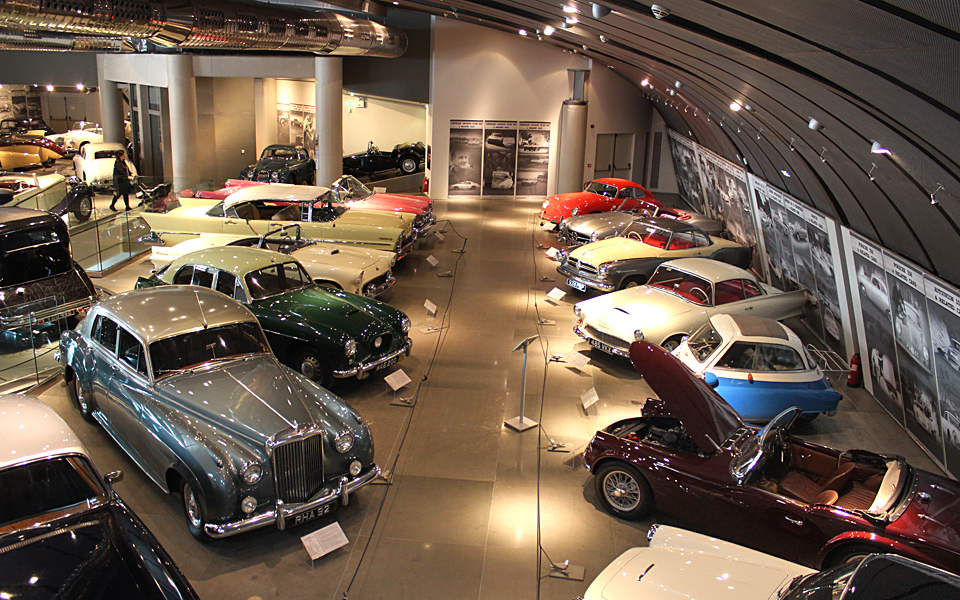
“Driving, for me, means love for motion, independence, and the thrill offered by speed.”
A 1920 Rolls Royce may be seen parked slightly to the side of the Bugatti. Known as a Doctor’s Coupé, its roof features extra height and was designed this way to accommodate for the customary top hats worn by doctors of the period. As a result, the doctors did not need to remove their hats when climbing aboard.
A Lincoln dating back to the 1920s features a folding steering wheel that was designed to lift and create space for big-sized gentlemen, settling into the driver’s seat before it was lowered again.
The museum owner Theodoros Haragionis’ association with cars began in the 70s, when he competed in racing events.
“Driving, for me, means love for motion, independence, and the thrill offered by speed. I got my racing driver’s license as soon as I came of age because my parents disagreed and would not offer their signed consent earlier on. I adopted a racing driver’s nickname, ‘Embiricos,’ my maternal grandmother’s surname, in honor of her relative Nikolaos Stamatiou Embiricos, an esteemed Greek and one of very few figures, internationally, whose name was associated with a renowned racing car, the 1938 Embiricos Bentley.
My parents found out about my ‘Embiricos’ nickname towards the end of 1973, so I changed it to ‘Talbot’ in 1974,” Haragionis recalled.
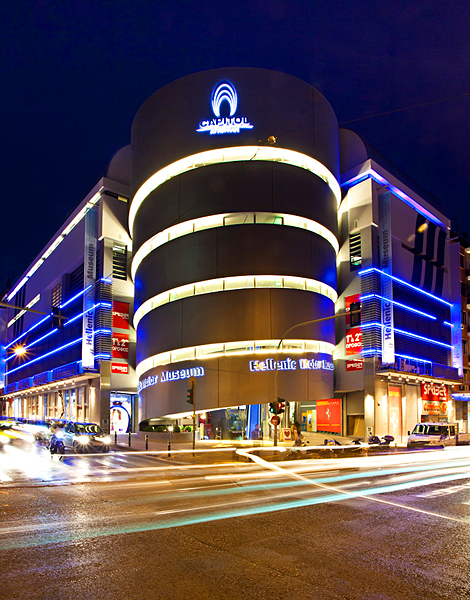
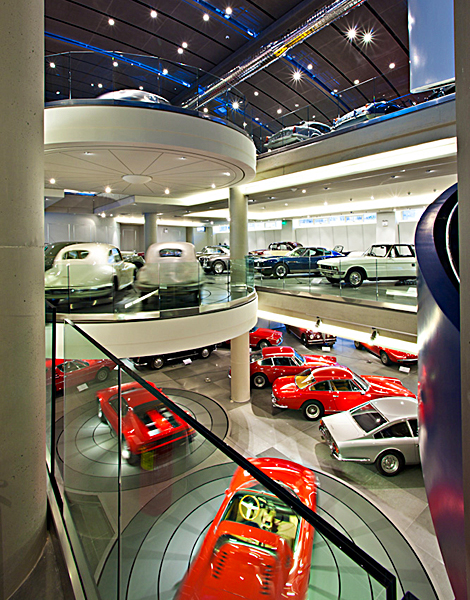
By 1977, he had decided to entirely focus his interest on classic cars with the objective of acquiring models he had admired from childhood. Haragionis made an impressive start, purchasing a Maserati Mistral, a Rolls Royce Wraith, two Jaguar E-Type models, two Lancia Appia Zagato models, two Austin Healey 3000’s, and three Dinos, one of which was a Ferrari.
By 1990, his collection had grown to 25 cars. After purchasing two historic models through Auto Memos – a car dealer in Kallithea, southern inner Athens – from one of the country’s biggest collectors at the time, Haragionis was made an offer to acquire all the other cars in the collector’s fleet. Negotiations lasted two years. Once completed, Haragionis had suddenly doubled the size of his collection. At that point, he began mulling over the prospect of establishing a car museum, prompted by the fact that his collection had gone beyond hobby-size proportions.
Many of the cars on show at the museum make a strong impression. A big and striking neon pink-colored convertible Chrysler, measuring 5.5 meters in length and wide enough to comfortably fit six passengers from side to side, is sure to capture the attention of museum visitors. This car certainly epitomizes the American motto “Big Is Beautiful”.
A look at the Chrysler’s front side immediately prompts thoughts of an illustrious past. Observing its rear, featuring pointed lights that remind of jet engines, adds further credibility to this suspicion. Sure enough, this particular car, made in 1958, was once owned and driven by a legendary figure, Robert Plant, the lead singer and lyricist of the iconic rock band Led Zeppelin. The museum collection’s rarities include a 1937 BMW 328 Mille Miglia coupe racing model. Light and aerodynamic, manufactures intentionally had left its paneling unpainted, as the coat of paint would have added 3.5kg to the car’s total weight.
Just two models of this old BMW exist throughout the world, one at the Hellenic Motor Museum, the other at the BMW museum.
“A big and striking neon pink-colored convertible Chrysler, measuring 5.5 meters in length and wide enough to comfortably fit six passengers from side to side, is sure to capture the attention of museum visitors.”
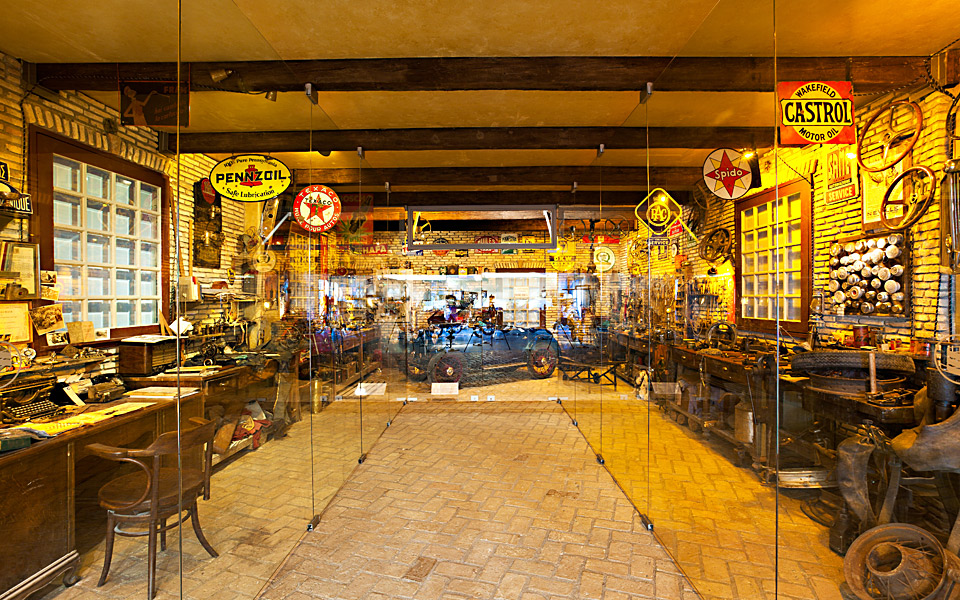
Most of the Greek car museum’s pieces were picked up at auctions, while some models were purchased in poor condition and restored by Mr. Haragionis. Asked how challenging it can be to find spare parts for these old cars, and the lengths one must go to find what is needed, the museum owner responded:
“In Greece, it’s possible to find spare parts for restoration of popular models from the past, especially, but it is practically impossible to find decorative parts such as chrome pieces, lights, fronts, and signs.”
“The museum also offers information and examples of local car manufacturing quests, all made by Greeks, which either led to the construction of test models or went no further than the design stage.”
Mr. Haragionis noted that the leading supplier of Maserati spare parts, as far as he is concerned, is located in Seattle, in the northwest US. Buenos Aires is the place he turns to when looking for Buggati spare parts; while Ferarri spare parts are sought in the UK, which the museum’s owner described as “generally, the most mature and updated spare parts market for historic car models,” adding that Germany also belonged to this league.
The museum also offers information and examples of local car manufacturing quests, all made by Greeks, which either led to the construction of test models or went no further than the design stage. The country, itself, does not have any car success stories to pride itself over. Though various efforts never made it further than the experimental stage, certain bold moments of ingenuity have emerged to provide some interest. The country’s first car, for example, was envisioned and constructed between 1918 and 1920 by Nikos Theologou, an ambitious individual who, driven by his knowledge gained after working in the USA at Ford, managed to make a small car for personal use. Its wooden framework is all that remains today.
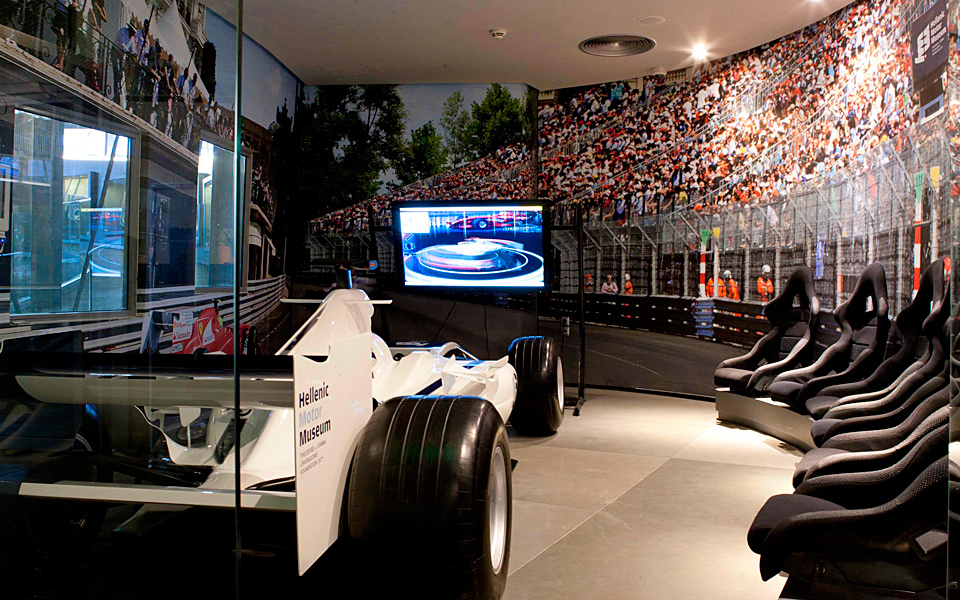
Interestingly, the renowned MINI cars have a Greek connection. This celebrated car model was designed by Alexandros Isigonis, a Greek-Brit who was working at Morris when he thought of designing an ideal small-sized car offering maximum interior space combined with minimum exterior size. Subsequently, the first MINI model emerged in 1962.
Later on, Isigonis was knighted for his contribution to the British auto industry. Museum visitors can also expect to be informed on certain Nissan models, such as Datsun and Sunny, which were assembled in Greece during the 70s at a facility in Volos, on the mainland’s eastern coast. Information is also offered on a supercar envisioned by Dimitris Korres in 2000, with the objective of designing a vehicle capable of responding to all road surface conditions. Now, sixteen years on, this plan is undergoing continual tests in the USA.
The museum also features 72 car wheels accompanied by brief histories of the models they belonged to, 32 steering wheels, as well as the ELPA (Greek Automobile and Touring Club) archive, listing historic details of this motor sports organization. Losing yourself in the museum’s simulated 1930s-style car workshop, featuring over 3,000 pieces, original and replicas, is a worthwhile experience.
Since its launch in March, 2011, the Hellenic Motor Museum has managed to generate stirring moments.
Mr. Haragionis recalled a touching story concerning a young Brit who, during his visit to the museum, discovered his father’s old car, a Bristol 406.
“The car was in exceptional condition and the man offered to buy it as a wedding anniversary present for his parents. The museum happened to have a second Bristol 406 in its collection, so an agreement was reached. The young man brought his entire family over to Greece, which visited the museum, and the car was given to his parents.”
INFO | Hellenic Motor Museum, 33 Ioulianou, tel (+30) 210.8816.187.

